1,3-Dichloroacetone

1,3-Dichloroacetone structure
|
Common Name | 1,3-Dichloroacetone | ||
|---|---|---|---|---|
| CAS Number | 534-07-6 | Molecular Weight | 126.969 | |
| Density | 1.3±0.1 g/cm3 | Boiling Point | 173.0±0.0 °C at 760 mmHg | |
| Molecular Formula | C3H4Cl2O | Melting Point | 43 °C | |
| MSDS | Chinese USA | Flash Point | 89.4±0.0 °C | |
| Symbol |



GHS05, GHS06, GHS08 |
Signal Word | Danger | |
| Name | 1,3-Dichloroacetone |
|---|---|
| Synonym | More Synonyms |
| Density | 1.3±0.1 g/cm3 |
|---|---|
| Boiling Point | 173.0±0.0 °C at 760 mmHg |
| Melting Point | 43 °C |
| Molecular Formula | C3H4Cl2O |
| Molecular Weight | 126.969 |
| Flash Point | 89.4±0.0 °C |
| Exact Mass | 125.963921 |
| PSA | 17.07000 |
| LogP | 1.29 |
| Vapour density | 4.38 (vs air) |
| Vapour Pressure | 1.3±0.3 mmHg at 25°C |
| Index of Refraction | 1.437 |
| InChIKey | SUNMBRGCANLOEG-UHFFFAOYSA-N |
| SMILES | O=C(CCl)CCl |
| Water Solubility | 27.9 g/L (20 º C) |
CHEMICAL IDENTIFICATION
HEALTH HAZARD DATAACUTE TOXICITY DATA
MUTATION DATA
|
| Symbol |



GHS05, GHS06, GHS08 |
|---|---|
| Signal Word | Danger |
| Hazard Statements | H300 + H310 + H330-H314-H341 |
| Precautionary Statements | P260-P264-P280-P284-P301 + P310-P302 + P350 |
| Personal Protective Equipment | Eyeshields;Faceshields;full-face particle respirator type N100 (US);Gloves;respirator cartridge type N100 (US);type P1 (EN143) respirator filter;type P3 (EN 143) respirator cartridges |
| Hazard Codes | T+:Verytoxic; |
| Risk Phrases | R24;R26/28;R36/37/38;R68 |
| Safety Phrases | S26-S36/37/39-S45-S28A-S1 |
| RIDADR | UN 3286 3/PG 2 |
| WGK Germany | 3 |
| RTECS | UC1430000 |
| Packaging Group | II |
| Hazard Class | 6.1 |
| HS Code | 29147090 |
| Precursor 10 | |
|---|---|
| DownStream 10 | |
| HS Code | 2914700090 |
|---|---|
| Summary | HS: 2914700090 halogenated, sulphonated, nitrated or nitrosated derivatives of ketones and quinones, whether or not with other oxygen function Tax rebate rate:9.0% Supervision conditions:none VAT:17.0% MFN tariff:5.5% General tariff:30.0% |
|
An evaluation of the chick cardiomyocyte micromass system for identification of teratogens in a blind trial
Reprod. Toxicol. 28(4) , 503-10, (2009) The chick micromass culture system has advantages over the validated rat system – ready availability and non-culling of the donor parent – but needs to give comparable results. This study confirmed co... |
|
|
In vitro metabolism and bioactivation of 1,2,3-trichloropropane.
Toxicol. Appl. Pharmacol. 113(1) , 152-8, (1992) In vitro studies using rat and human hepatic microsomes have shown that the halogenated hydrocarbon 1,2,3-trichloropropane (TCP) is bioactivated to the direct acting mutagen 1,3-dichloroacetone (DCA).... |
|
|
Effects of pH and temperature on the degradation of chloroacetones that are mutagenic.
Bull. Environ. Contam. Toxicol. 39(3) , 549-54, (1987)
|
| 2-Propanone, 1,3-dichloro- |
| 1,3-Dichloropropan-2-one |
| MFCD00000937 |
| 1,3-Dichloroacetone |
| monochloromethyl ketone |
| 1,3-dichloropropanone |
| EINECS 208-585-6 |
| 4,4'-Dimethoxystilbendichlorid |
| 1,3-dichloro acetone |
| 1,3-dichloro-2-propanone |
 CAS#:816-39-7
CAS#:816-39-7 CAS#:78-95-5
CAS#:78-95-5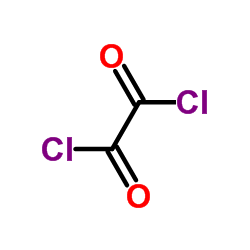 CAS#:79-37-8
CAS#:79-37-8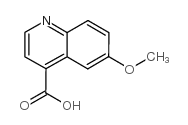 CAS#:86-68-0
CAS#:86-68-0 CAS#:18107-18-1
CAS#:18107-18-1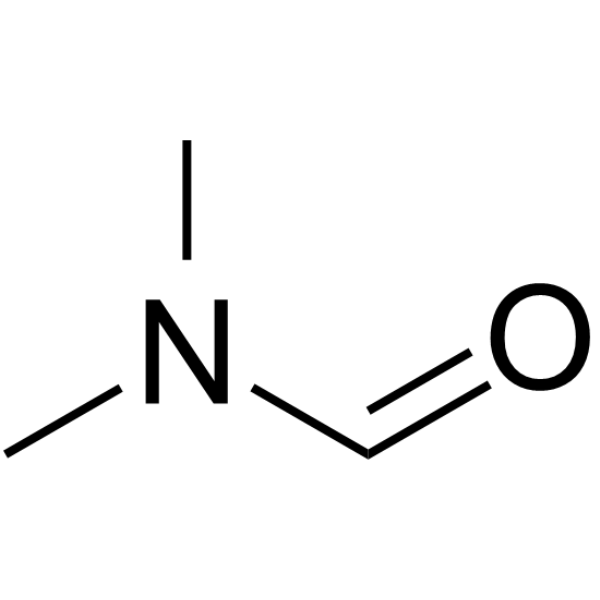 CAS#:68-12-2
CAS#:68-12-2 CAS#:593-71-5
CAS#:593-71-5 CAS#:105-39-5
CAS#:105-39-5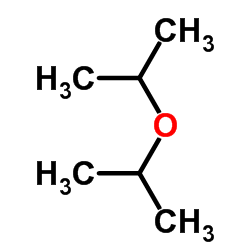 CAS#:108-20-3
CAS#:108-20-3 CAS#:20485-53-4
CAS#:20485-53-4![2-(chloromethyl)imidazo[1,2-a]pyrimidine structure](https://image.chemsrc.com/caspic/219/57892-71-4.png) CAS#:57892-71-4
CAS#:57892-71-4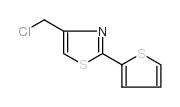 CAS#:54679-16-2
CAS#:54679-16-2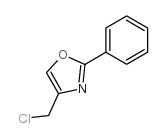 CAS#:30494-97-4
CAS#:30494-97-4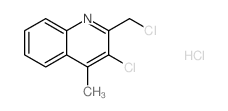 CAS#:37781-33-2
CAS#:37781-33-2![2-(Chloromethyl)imidazo[1,2-a]pyridine structure](https://image.chemsrc.com/caspic/029/57892-76-9.png) CAS#:57892-76-9
CAS#:57892-76-9 CAS#:3364-76-9
CAS#:3364-76-9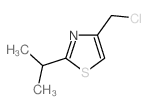 CAS#:40516-57-2
CAS#:40516-57-2 CAS#:4771-31-7
CAS#:4771-31-7 CAS#:41963-17-1
CAS#:41963-17-1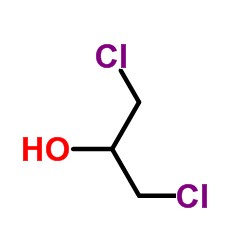 CAS#:96-23-1
CAS#:96-23-1
